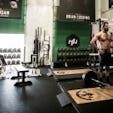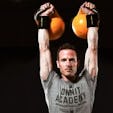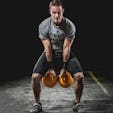How Do You Improve A World Class Athlete’s Physical Abilities? You Get Unconventional.
Unconventional training, by the simple definition, is something that defies “convention.” People see it and say, “That’s not normal” or “How does that apply to my goals?” To the untrained eye or novice athlete, these are truthful statements, but to me, it’s a necessary part of the game. The game to take myself from “potential” to “maximized.”
Training For Decathlons
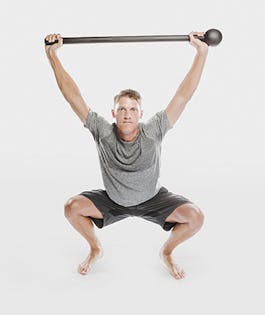 The decathlon has ten different events encompassing power, speed, agility, athleticism, and endurance. The overall journey of the two day competition is a mental battle every step of the way. Day one consists of the 100m, long jump, shot put, high jump, and ends with the 400m. Day two is a bit more technical with the 110m hurdles, discus, pole vault, javelin, and concludes with the 1500m run.
The decathlon has ten different events encompassing power, speed, agility, athleticism, and endurance. The overall journey of the two day competition is a mental battle every step of the way. Day one consists of the 100m, long jump, shot put, high jump, and ends with the 400m. Day two is a bit more technical with the 110m hurdles, discus, pole vault, javelin, and concludes with the 1500m run.
Each of the 10 events, even the 1500 meter run, is a completely rehearsed performance. Yeah, you deal with lactic acid, nerves, wind, weather, fatigue, and treat every attempt as if it’s your last, but I’ve done 100,000 repetitions of each over the years; 6 days a week, 11 months out of the year, for about a decade now. You would think that would be enough to prepare me for battle, but it isn’t.
In some respects, the thousands of repetitions have a positive influence on my overall athletic ability. Connecting my forefoot ground strike to my center of gravity while sprinting helps me generate power in the throws and jumps, while the power output in the jumps help my left block leg in the throws, helping me create velocity on the implement.
The other edge of that sword, however, is sharp. I could get lost in the monotony of the same old rehearsed “dance.” I could get stuck in the groove of 100,000 reps, only using particular muscles to run, jump, and throw. I could end up leaving some muscles out and sometimes whole muscle chains/ patterns essentially inactive, not utilizing full muscular activation. In other words, I could be more powerful and explosive. But how?
Discovering Unconventional Training
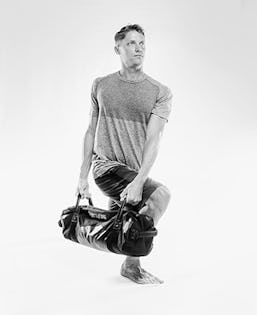 We recruit thousands and thousands of neurons to perform some of life’s simplest tasks. Why not use as many of them as we can to perform the ones that matter most when it means the most? Like for the Olympic Games, perhaps? This journey of how to improve and reach my “Total Optimization” is what led me to some “unconventional methods.” How can I go from great to greater than?
We recruit thousands and thousands of neurons to perform some of life’s simplest tasks. Why not use as many of them as we can to perform the ones that matter most when it means the most? Like for the Olympic Games, perhaps? This journey of how to improve and reach my “Total Optimization” is what led me to some “unconventional methods.” How can I go from great to greater than?
The answer is function and balance. I can’t throw far just by having a big elastic right arm; I’ve got to have a rock solid posterior on my left side in order to post up and block for the throw. I can’t jump high just because I can back squat three times my bodyweight, no way. There has to be an elastic connection that moves through my center of gravity, specifically my illio-psoas muscles, to transfer that power. I could go on and on about the thousands of reciprocating systems that help the human body perform athletic feats, but the point is that you have to be completely and totally balanced in order to perform optimally.
The best thing I’ve ever done for my overall well-being in regards to lifting weights and strength training is, without a doubt, what is called “Strongman Farm Training.” Once a week, my strength coach and I would go through a nasty series of circuits using anything from tire flips to sandbag carries to battle ropes to moving massive 120lb medicine balls across the gym floor.
It mimicked what wrestlers and MMA fighters do on a daily basis. For me, it was foreign and “unconventional.” The off-center loading, the transverse maneuvers, the rotation, the retraction, and just the overall methods were flat out whipping me up and down the floor on a weekly basis.
These unconventional training days were really difficult for me at first because of the training I was used to. Olympic lifting had always been my bread and butter and the only thing I’d ever known. This stuff was kicking my butt and I was sore all over in muscles I didn’t know I even had, it was a real light bulb moment. I had been sharp, powerful, and refined, but I wasn’t balanced.
This is What Happens When You Get Unconventional
The first time I started doing these sessions was in January 2009. Unconventional training methods allowed me to activate muscular chains and patterns I wasn’t using to the fullest potential in my training or competitions. I went from 8,500 points to 8,790 poits in one season. I won my first of two World Championships.
I was on the road to London 2012 and had a whole new bag of tricks and tools to use for my own optimization. Utilizing unconventional methods made me a more well-rounded, balanced, powerful, stronger, flexible, confident, faster, and smarter… you get the picture of why I advocate them now.
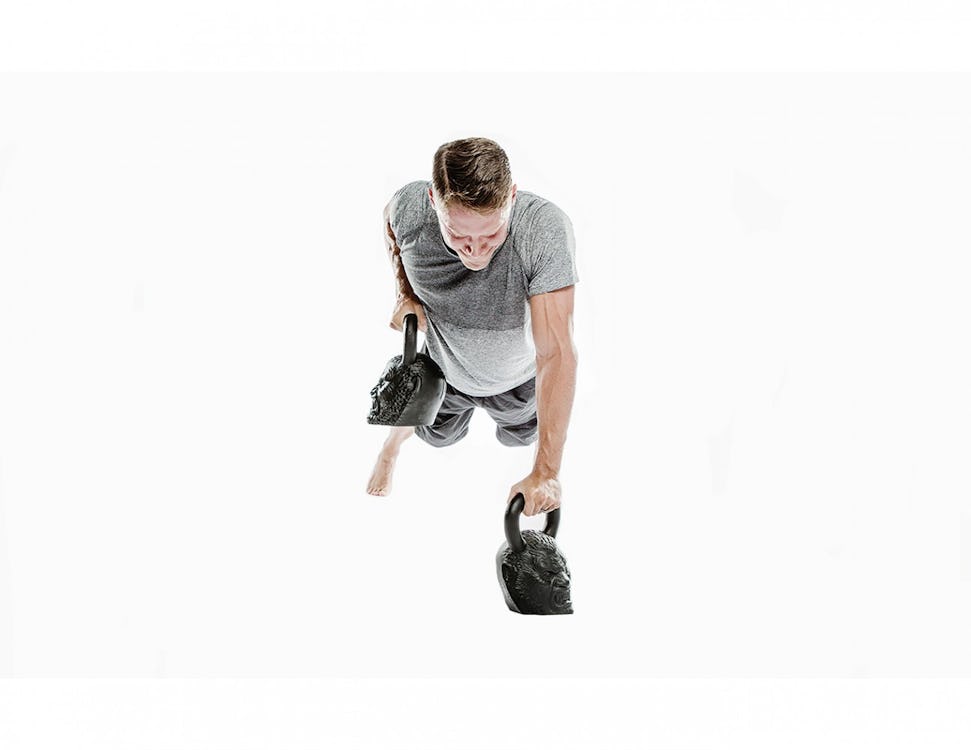

)
